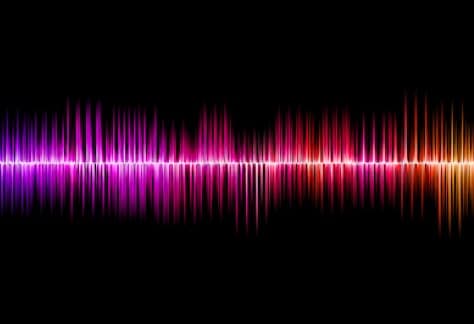Spatial sound, binaural audio, 3D audio — immersive sound comes with many names and in many formats.
Today, 10 years later, many consider immersive audio as one of the most important creative pillars for the future of audio production. It’s more than just Auro 3D or Dolby Atmos, though. There are “immersive” formats widely established for different industries. There are also a myriad of tools and techniques for sound engineers to create immersive sound experiences for the audience.
It’s therefore not surprising that binaural audio played a major role in the first VDT Live online conference in October. Organized by the German association for audio professionals VDT, the virtual meeting featured presentations on the wide range of applications in which immersive audio formats can already be used effectively, and a vast variety of solutions and workarounds sound engineers are testing in the field. Participants also had the chance to listen to some audio samples in binaural audio via their headphones.
Immersive sound
Whether for live sound, music production, broadcast or audio solutions for museums, exhibitions, the message was clear. In this brave new world of audio, immersive or not, sound engineers will have to cope with many different settings, formats and working conditions that are not always ideal. Therefore, learning how to adapt to individual circumstances is essential.
Thorsten Greiner, professor of Intermedial Design and Sound Interaction at the Landeszentrum Musik-Design-Performace in Trossingen, Germany, claims coding will be among the most important skills for aspiring audio engineers. Enhancing formats and using web-based tools to create a mixture of virtual and real events, which “attract spectators at home” is his vision for the future of audio production.
Ulrike Anderson, Grammy-nominated producer and co-founder of New York-based Anderson Audio also highlighted that, apart from “knowing the basics,” it’ll be about mastering the use of digital platforms and creating one’s own tools, if necessary. That also involves constantly learning, or as she put it: “Those who stop learning have lost.”
To embrace the concept of continuous learning, VDT explained that this online series was a “blueprint” for future online events. Stefani Renner, VDT managing director, said during the meeting, the association was enhancing its online offerings, not only as a result of the pandemic.
“The goal of VDT Live is to touch base with VDT members during these difficult times and to organize future online events between the biennial Tonmeistertagung conference and exhibition,” she said. “We are also looking at organizing regional events available to affiliates and interested parties in Germany and abroad.”

